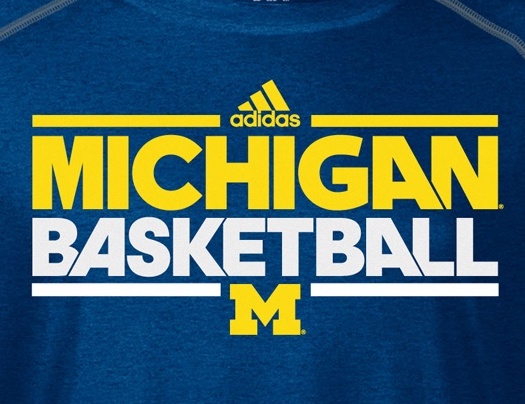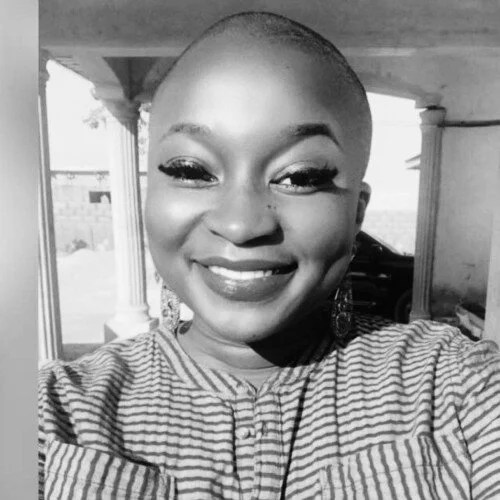March Madness
/One sign that it's spring in the U.S. is that the nation is turning its attention to basketball. In particular, the NCAA tournament starts this week for both men’s and women’s college teams.
The men’s tourney, the second-most popular sports event after the Super Bowl, recently jumped from 64 to 68 qualifying teams. Every year, a big controversy surrounds whether or not your favorite team is selected and then how high (or low) your favorite is ranked in the pairings.
The teams are paired against each other in brackets, which are printed out and shared among friends and family members. In the workplace, co-workers often bet money on the outcomes in office pools. Looking at the bracketed pairings above, you can see that the left and right margins are filled with specific team names, with the winners of each bracket advancing towards the championship slots in the middle of the chart.
The March Madness tournament seems “mad” because of the wild beginning to the competition. After a preliminary play-in round with the lowest 8 teams, the first full round begins with 32 games in two days. With lots of TV coverage and highlight reports, this is a basketball lover’s dream. After the first Thursday/Friday round, 32 teams are eliminated. After the second round (Saturday/Sunday), 16 more teams are eliminated. The goal is to finish the first weekend of play by advancing to the Sweet Sixteen. The second weekend eliminates eight teams in the third round and four more teams in the fourth round, taking the winners from the Elite Eight to the Final Four.
Reaching the hallowed ground of the Final Four gives prestige and national attention to those four universities. My team, the University of Michigan, received a #2 seed and will play #15 Montana on Thursday.
Culture tip: During this three-week period, it’s customary to ask your sports-minded friends and co-workers, “How are your brackets doing?” Lower-seeded teams that upset higher-ranked teams are called Bracket Busters. Happy madness, everyone!
New Vocabulary and Cultural Concepts
ranked pairings = The top 64 teams are separated into four regional competitions (with 16 teams in each region). The #1 ranked (or seeded) team plays the lowest team, #16 while the #2 team plays the #15 team, and so on.
mad = often used to mean “angry,” but here it means “wild or crazy”
hallowed = holy, sacred
favored (or favorite) teams = top-ranked teams, predicted to win
underdog teams = lower teams predicted to lose
to be upset = to lose to a lesser-ranked (non-favored) team










